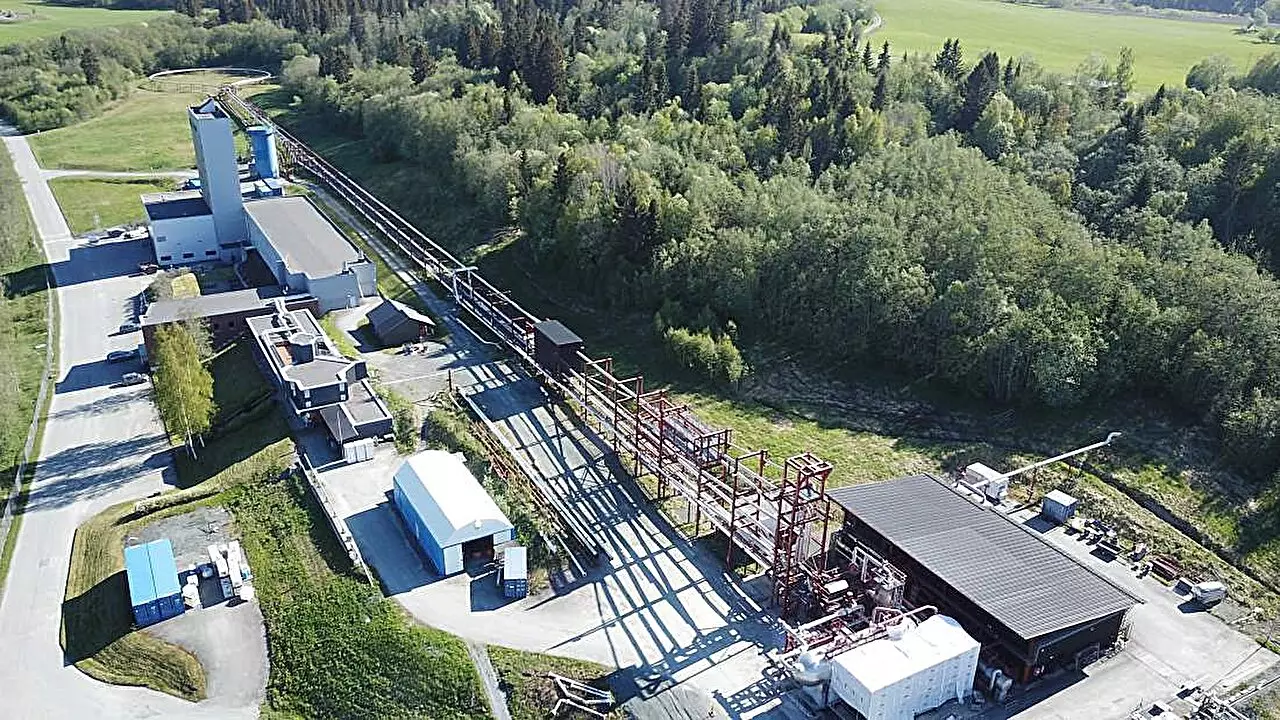The fight against climate change requires innovative solutions that go beyond traditional methods. In a promising development, SINTEF researchers are leveraging their expertise in the transportation of oil and gas to upscale a technology for carbon capture and storage (CCS). The simulation model known as LedaFlow, which has revolutionized the Norwegian oil and gas sector, is now being further developed to explore the behavior of CO2 in pipelines. With CCS technologies playing a vital role in reducing greenhouse gas emissions, this research holds the key to realizing large-scale CCS implementation.
The transportation of oil and gas has long been a cornerstone of the Norwegian oil and gas sector, saving the industry billions of dollars. This wealth of experience can now be harnessed to address the pressing issue of CO2 transport and injection into subsurface reservoirs. With a focus on the industrial-scale application of CCS technologies, the Norwegian oil and gas sector, including leading companies involved in the Northern Lights project, aims to sequester millions of tons of CO2 in subsea reservoirs by 2026. This ambitious undertaking requires a comprehensive understanding of CO2 behavior, storage techniques, and a network of wells to handle gas from multiple sources.
The newly initiated CO2Flow project leverages the vast expertise accumulated at the SINTEF Multiphase Flow Laboratory and the insights gained from the development of the LedaFlow model. By combining innovative experiments with advanced data modeling techniques, researchers aim to predict CO2 flow behavior in pipelines. Understanding the distinct characteristics of CO2 in comparison to oil and gas mixtures is critical for optimizing pipeline design and ensuring cost-effective and safe operation. The CO2Flow project holds the potential to prevent issues such as unstable flow and the formation of dry ice, which could impede pipeline functionality.
The heart of the CO2Flow project lies within the SINTEF Multiphase Flow Laboratory at Tiller. Here, the development of new data models will take place, pushing the boundaries of CO2 transportation. To enhance the accuracy and depth of their research, additional experiments will be conducted at NTNU’s DeFACTO underground testing facility at Gløshaugen in Trondheim. This collaborative approach ensures a comprehensive understanding of CO2 behavior in pipelines, enabling the optimization of design choices, materials selection, and pipe diameters. It also paves the way for cost-effective and safe pipeline operation, a crucial aspect in realizing large-scale CCS implementation.
The pursuit of CCS technologies is driven by the urgency to combat climate change and reduce greenhouse gas emissions. The CO2Flow project spearheaded by SINTEF researchers represents a significant leap towards achieving large-scale CCS implementation within the oil and gas sector. By applying methodologies used in the transportation of oil and gas, researchers can redefine the future of carbon capture and storage. Through the integration of innovative experiments, cutting-edge data models, and collaboration among industry and research institutions, the stage is set for a sustainable future where the oil and gas sector plays a pivotal role in mitigating climate change.
The evolution of the LedaFlow model from its initial application in the oil and gas sector to CO2 transportation represents a significant milestone in the fight against climate change. With the CO2Flow project driving innovation and collaboration, the possibilities for large-scale CCS implementation are becoming increasingly attainable. The expertise and knowledge accumulated through years of oil and gas operations have found a new purpose in tackling one of the greatest challenges of our time. As the world looks towards a sustainable future, the oil and gas industry can play a vital role in reshaping our energy landscape and demonstrating its commitment to reducing greenhouse gas emissions.


Leave a Reply